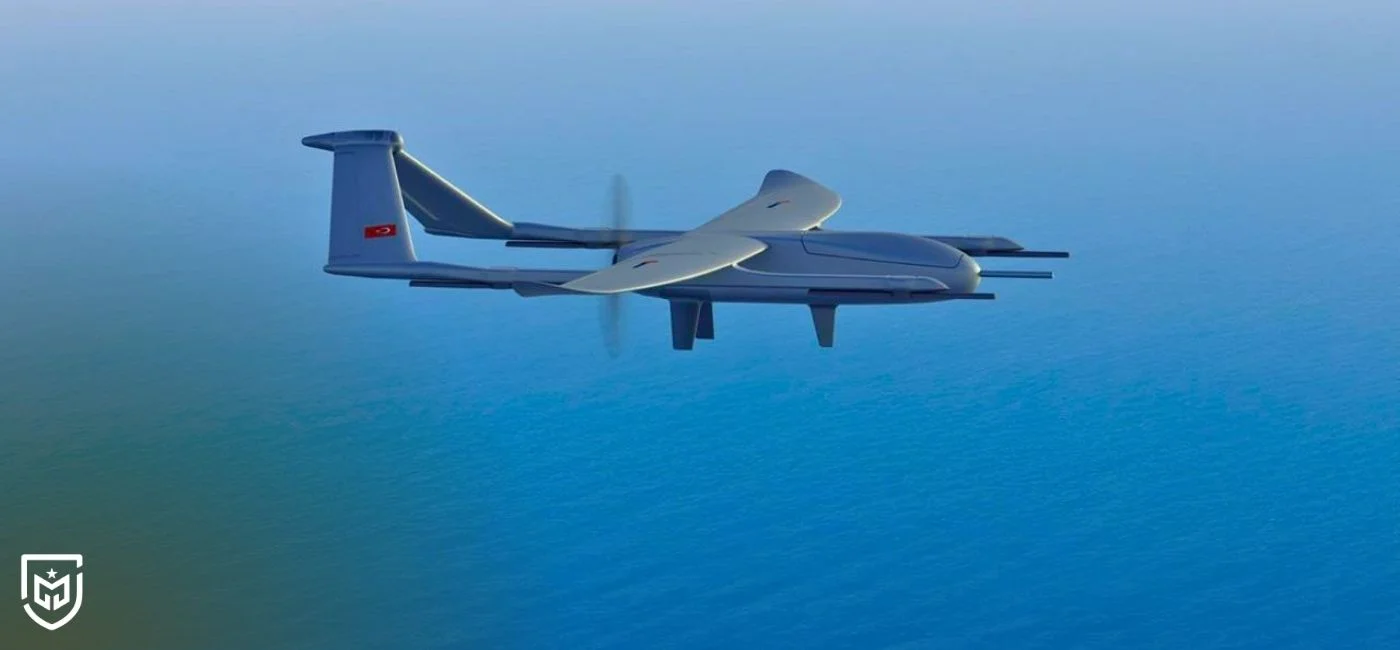

BREAKING NEWS

Turkish defense technology company HAVELSAN continues to expand its capabilities in autonomous systems, bringing aerial innovation to the maritime domain. Since 2019, the company’s Robotic Autonomous Systems Center has been developing a multi-platform ecosystem including unmanned air, land, and sea vehicles. Among its flagship aerial platforms, the BAHA, BOZBEY, and BULUT UAVs feature vertical take-off and landing (VTOL) capabilities, eliminating the need for runways while offering full autonomy and modular architecture. These systems perform intelligence, surveillance, and reconnaissance (ISR) missions in both day and night conditions—even under heavy cloud cover—and can be equipped with various payloads to meet mission-specific requirements.
Recently, HAVELSAN achieved a milestone by signing an agreement with DESAN Shipyard for the integration of UAV systems into naval platforms. Under this contract, a BOZBEY UAV system will be deployed on a 99-meter Multipurpose Mission Ship being built for the Malaysian Maritime Enforcement Agency (MMEA). The project includes training, integration, and logistics support, aiming to enhance the vessel’s long-range reconnaissance and intelligence-gathering capability. BOZBEY will be able to perform precision take-off and landing on the ship’s deck and transmit live video and coordinate data even beyond the ship’s line of sight, significantly increasing its situational awareness and deterrence.
The UAV family offers scalable options for different operational needs: BULUT can carry 5 kg of payload for up to 6 hours, BOZBEY carries 3 kg for 6 hours, and BAHA supports 2 kg for 2 hours of flight. These endurance and payload variations extend the operational reach of naval assets into offshore and remote zones while supporting critical missions such as search and rescue, disaster response, and maritime security. With resistance to electronic jamming and an advanced control network, HAVELSAN’s UAVs ensure operational reliability even in contested electromagnetic environments.
Central to this innovation is HAVELSAN’s command and control system, which synchronizes UAVs with unmanned surface vessels (USVs) and other platforms. This integration enables real-time data sharing across sea, land, and air units, improving target acquisition and decision-making processes. Through modular design and network-centric architecture, these UAVs provide enhanced maritime situational awareness, supporting coastal surveillance, border protection, and exclusive economic zone (EEZ) monitoring. The successful integration tests and first export contract mark an important step for Türkiye, demonstrating the operational maturity of its indigenous fixed-wing VTOL UAVs in naval missions.
Post Comment
Comments
No comments yet.
Related News
ANKA III Achieves Major Milestone: Autopilot Tests Successfully Completed
New Era in Turkey–Egypt Defense Cooperation: AKREP and HAMZA-1 Unveiled at EDEX 2025
A New Era in the Black Sea: Türkiye Delivers Historic MILGEM Export to Romania
Historic Joint Operation Success from Bayraktar TB3 and Albatros-S in the Blue Homeland
Türkiye Showcases Miniature Electronic Warfare Solutions Abroad for the First Time
Türkiye’s National Air Platforms Continue Their Rise in Africa with 14 Contracts Across 7 Countries
Historic Leap in Turkish Defense: KIZILELMA and Skydagger Set New Milestones
Bayraktar KIZILELMA Becomes the World’s First UAV to Hit a Jet-Powered Target with a Beyond-Visual-Range Air-to-Air Missile